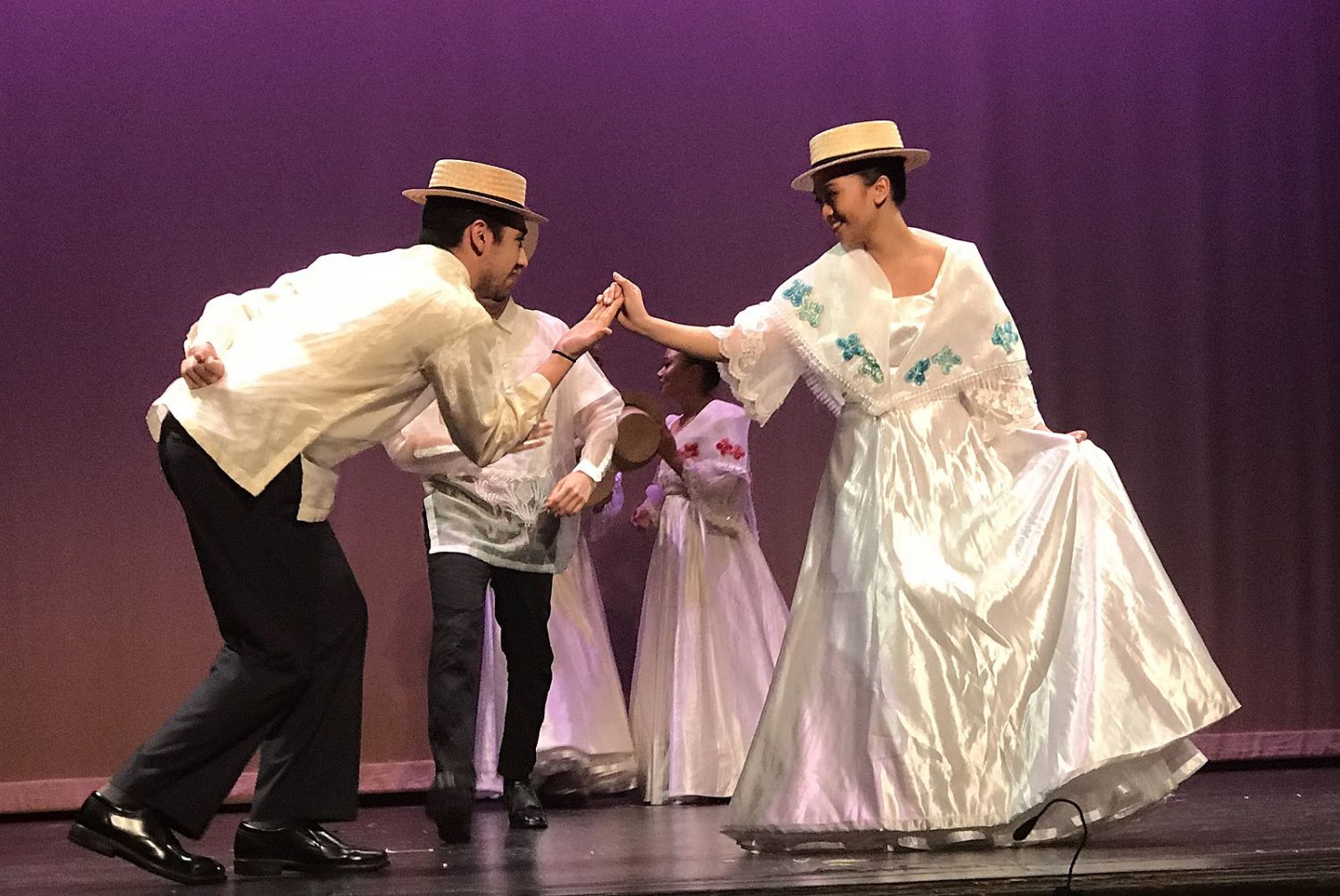Celebrate Filipino culture by relearning some of the most popular traditional dances in the Philippines
Filipino folk dance must be preserved and continuously celebrated among the next generations to come. These dances aren’t merely choreography but a representation of our people’s history. These beautiful creations are a spectacular part of our identity.
See also: Where To Travel In The Philippines: 7 Places To Discover Filipino Heritage
“Unlike other art forms, dance can only survive in performance, in rites, on stages, in fiestas, and in occasions. It can’t be hung, put on a shelf or simply be heard,” writes Basilio Esteban S Villaruz in his book, The Role of Dance in Nation-Building.
The viral video of students modernising Tinikling is fantastic for as far as it goes, but it takes more than liking and sharing videos to sustain the art form.
Read on to brush up on your knowledge of dance to reflect on our past and further carry the culture:
1. Tinikling
The late National Artist for Dance, Francisca Reyes-Aquino once described the Tinikling as a mimetic dance that imitates tikling birds. Flying and walking between grass stems, the tikling bird is mostly found in Asia, including the Philippines.
The dance requires bamboo sticks, also known as Tinikling sticks, which are at least six and a half feet long. There are two clickers sitting on their knees on the ground while holding the poles while two dancers are standing.
See also: Dubai Expo 2020: How the PH ‘Bangkóta’ Pavilion was Inspired by Coral Reefs
